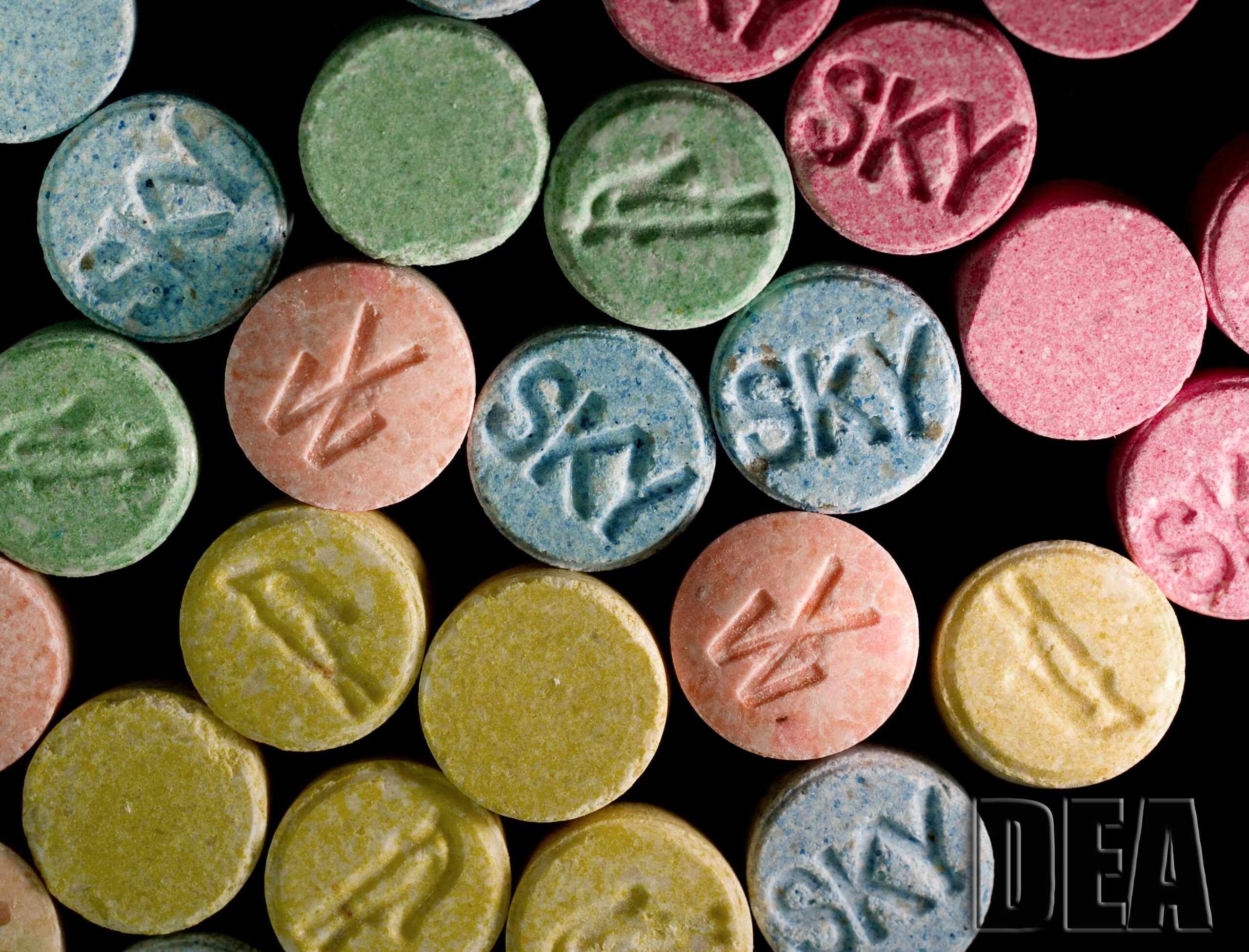Unveiling The Truth About Molly: A Closer Look At MDMA

By Abigail Akinsulire
In the vibrant landscape of Nigeria’s youth culture, a concerning trend has emerged – the widespread use of Molly, also known as Ecstasy, Mandy, or MDMA. As the popularity of this synthetic psychoactive substance grows among party enthusiasts and young individuals, so does the need to unravel the truth behind its allure and the risks it poses.
The Underlying Pressures
The surge in Molly consumption among Nigerian youths can be attributed to various factors, including peer pressure, the desire to fit in, childhood traumas, depression, and loss. In some instances, individuals succumb to the influence of Molly due to pressure from cult groups, leading to involvement in illicit activities. One anonymous Lagosian youth shared a harrowing experience after ingesting the drug, highlighting the dark consequences that accompany its use.
The Lure and the Lament
“The day I popped Molly, my friends actually gave me courage to venture into the club. I was scared, but you know, a babe’s got to do what a babe’s got to do. I popped it, and goodness, when we got to the club, I wasn’t sure if I was dancing or the club was dancing on me. For a moment, I thought the music was speaking with me. I tried to get to the bathroom, but my legs had a conversation of their own. I couldn’t just bring myself to stop. I didn’t know what was going on within me, but I found myself tangled in a world of emotions and actions I didn’t anticipate.”
The narrative echoes the unpredictable and sometimes perilous journey that Molly users embark upon.
The Disturbing Reality
Videos circulating on social media depict the alarming aftermath of Molly’s use – youths in states of delirium, collapsing into gutters, lying on unsanitary floors, hallucinating, and losing control of their emotions. This raises concerns about the accessibility and affordability of Molly in Nigeria, where the drug is reportedly sold for as low as N200-N500 per tablet.
The Origin and Chemistry of Molly
Molly, derived from “molecule,” is a colloquial term for MDMA (3,4-methylenedioxymethamphetamine). Originally developed by a German pharmaceutical company in 1912 for potential therapeutic applications, Molly gained recreational popularity in the 1980s and ’90s. Classified as a stimulant, empathogen, and hallucinogen, Molly’s chemical properties set it apart in the realm of psychoactive substances.
The Duality of Effects
Molly’s impact on the body is a dichotomy of positive and negative effects. Positively, it alters brain chemistry by influencing neurotransmitters like serotonin, dopamine, and norepinephrine, leading to heightened euphoria, empathy, and emotional openness. Users report enhanced sensory perception, increased social interactions, and heightened energy levels, often describing the experience as profound and spiritually enlightening.
The Dark Side of Molly
However, the euphoria comes at a cost. Molly sold on the streets may contain other harmful substances, leading to adverse physical and psychological effects. Increased heart rate, blood pressure, dehydration, and hyperthermia are common physical manifestations. Users may also encounter jaw clenching, teeth grinding, blurred vision, and insomnia. The severe consequences include life-threatening complications such as seizures, kidney failure, cardiovascular issues, and, in rare cases, death.
The Lingering Shadows
Frequent and heavy usage of Molly can disrupt serotonin production, resulting in long-term cognitive deficits such as depression, anxiety, memory impairment, and difficulty concentrating. The risk of psychological dependency looms large, underscoring the need for caution.
A Call to Action
In the face of these risks, it becomes imperative to educate and enlighten the youth about Molly’s realities. By dispelling misinformation and promoting responsible use, we can work towards minimizing potential harm. Initiatives such as drug purity testing services, or drug checking, can aid users in making informed decisions about substance consumption.
Towards Responsible Revelry
Open dialogues about drug use, safe partying practices, and the importance of seeking help when needed are crucial in mitigating the harm Molly and other hard drugs may inflict on the youth. Education emerges as the key, a powerful tool in steering the narrative away from peril and towards informed choices.
In conclusion, the unveiling of the truth about Molly is a collective responsibility. By fostering awareness, encouraging dialogue, and providing accurate information, we can empower the youth to navigate the complex landscape of recreational substances responsibly and safeguard their well-being.








